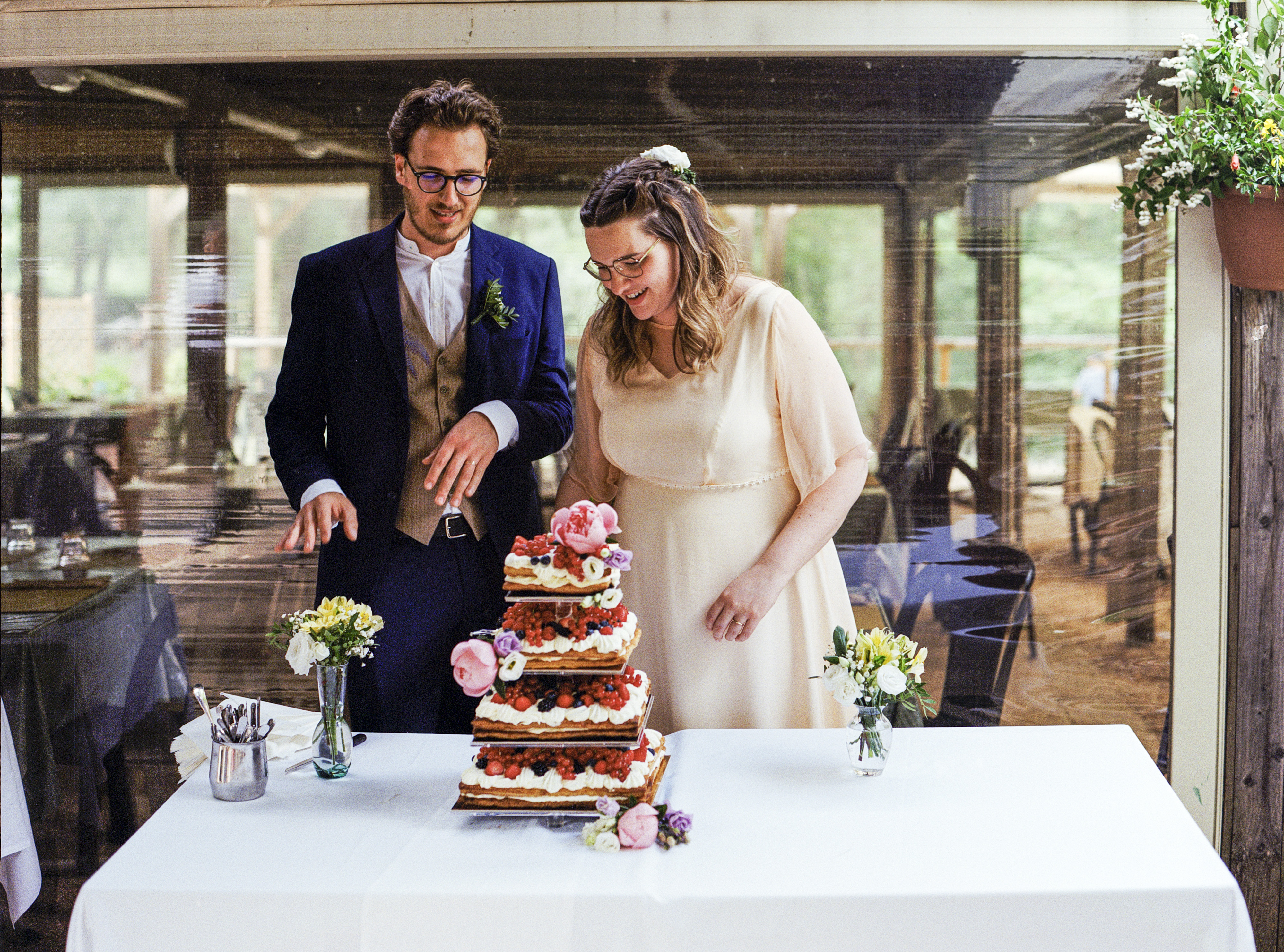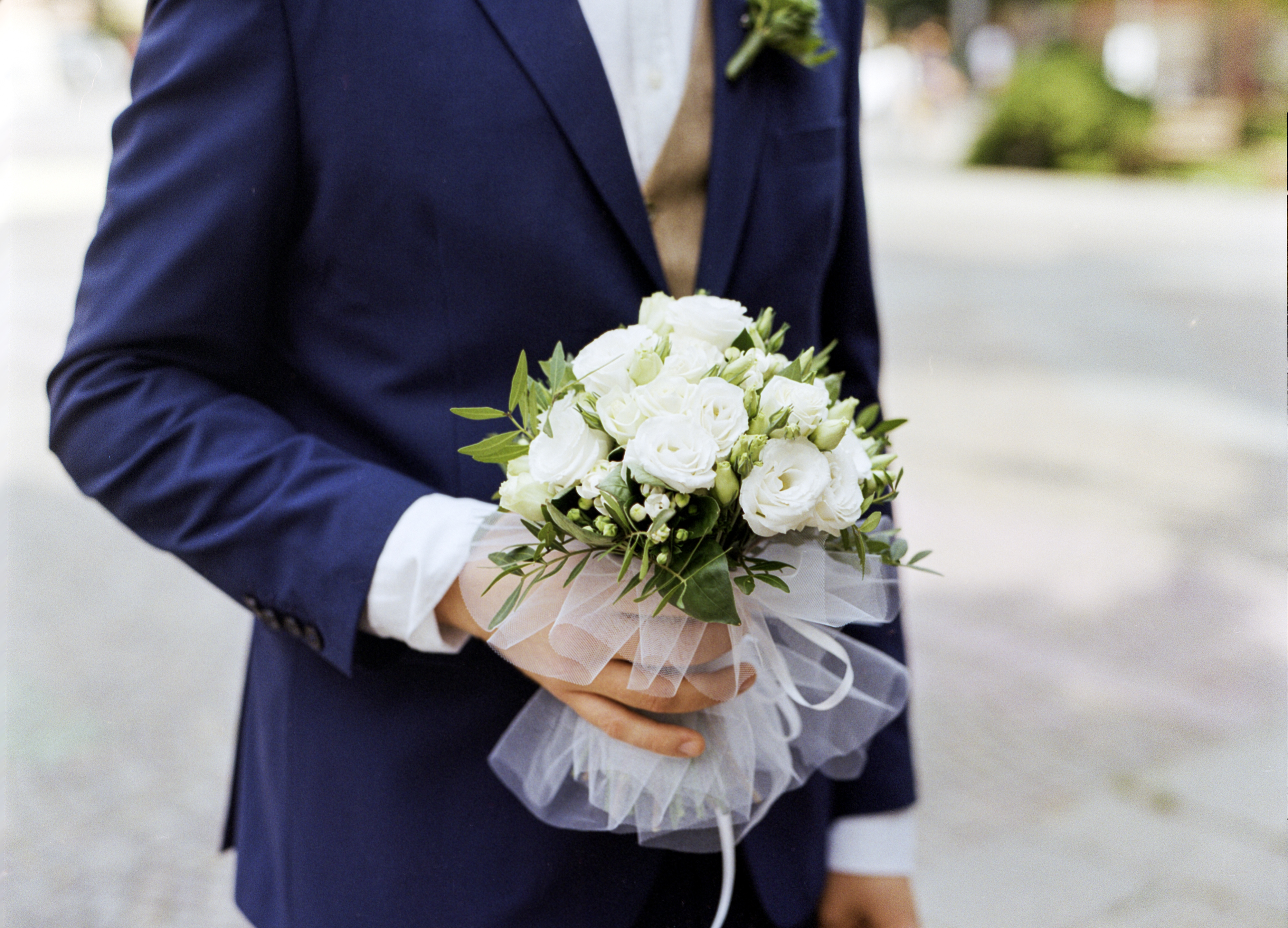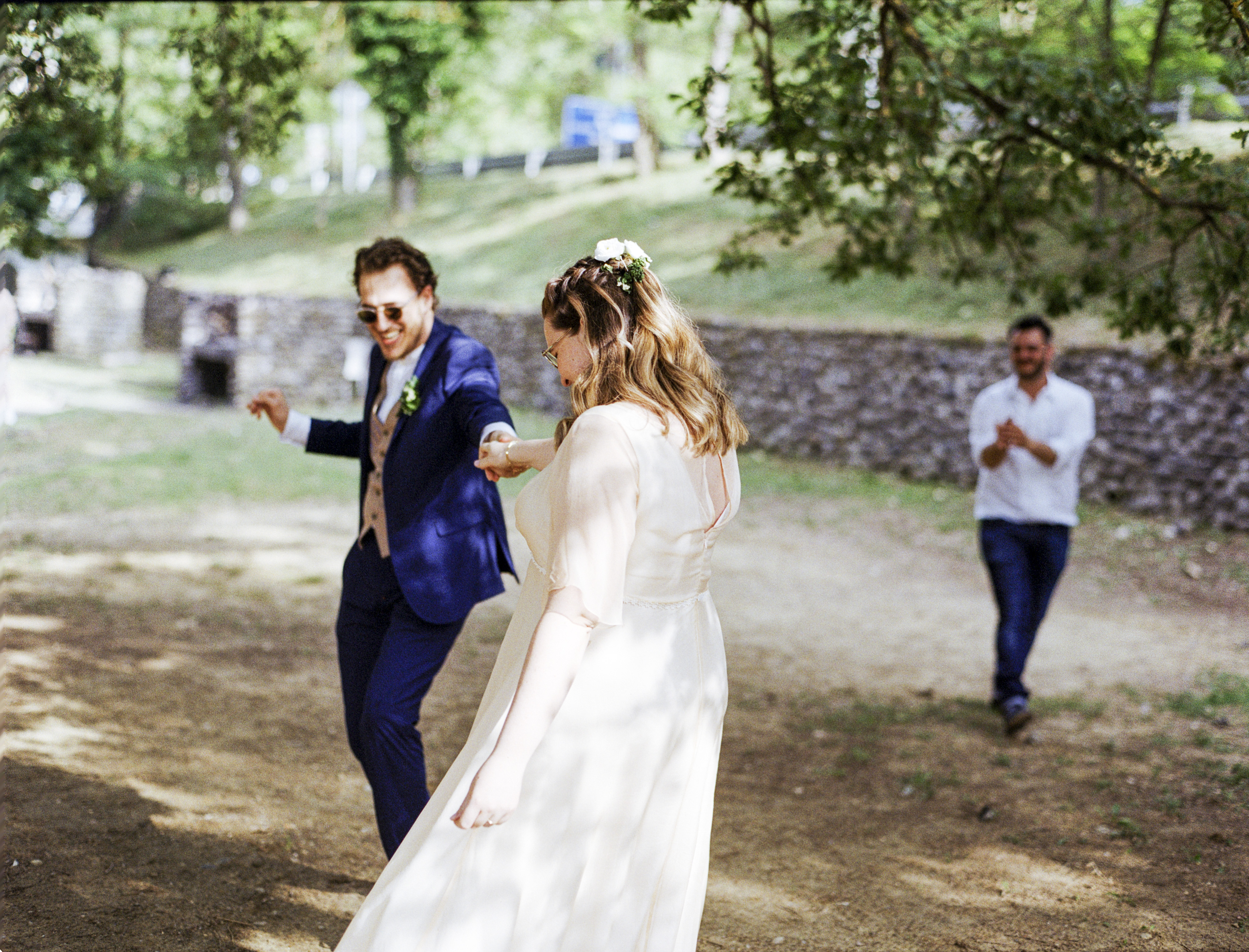TOC
In early June, I was hired for the first wedding of my life. It is not the first time that I have been paid - a little - to be a photographer, but it was the very first time someone entrusted me the most important day of their life. I was very anxious and nervous at the same time. The set-up was ready: my trusty Fuji GFX 50R with 32-64mm and the adapted 80mm Planar T *. I took the tickets for Bologna (a lovely outdoor location) and closed my backpack.
In the end, however, doubts began to assail me. What if I’m not good enough? What if I spoil their special day with mundane photos? Although I am attending an evening photography course, my work in life is different. I am not a professional photographer, and I only accepted because they are family friends, young and lovely. At last, I decided also to pack the Contax 645 and 5 reels of Kodak Gold 200 in my backpack.
First, I need to make a public apology to Kodak. The Gold 200 in 120 formats is an excellent film. In 2022 and with the Portra out of control, it offers similar quality in medium format at a lower price, with lively tones suitable for summer.

The lovely couple that tied the knot
That being said, the wedding was a success. The photos, even with the GFX, were as much as the couple wanted, and the Contax 645 turned out to be almost one more. At the same time, however, it was the perfect environment to test it and, in my case, to understand why it is still the choice of many wedding owners today.
The first reason is the lens. If the 80mm Planar T * already works wonders digitally, think about its native system. It is not just a question of focus; the three-dimensionality it gives to the images is unheard of. And if this goes hand in hand with a faithful and brilliant color rendering, we are in another world. Even the 45mm, although he used it very little, defended itself well and is a lens that I undoubtedly want to deepen.
The exposure meter is fantastic. Very few photos have less than perfect exposure, even if I have always used the matrix. This is probably not a spot-on exposure if you want to print them with the RA4 method. However, there is no machine with which I would like to print in RA4 and use the integrated matrix exposure meter, perhaps except for the Nikon EM.

Autofocus is fast, be wary of anyone who tells you otherwise. It’s not as fast as the latest generation DSLR, but it couldn’t anyway. We are talking about a camera marketed in 1998 and 6x4.5 format: it makes no sense to compare it with 35mm. Instead, the AF reacts well, and the large viewfinder greatly helps the composition. As for the film change, having another film insert helps. Having two warehouses would be great, but the prices are outrageous.
More generally, I was able to appreciate a genuinely exceptional machine. After 25 years since its release date, it is, in my opinion, one of the best cameras for weddings. Of course, digital has made her obsolete in many ways (or for many budgets), but the quality of her shots is unmatched. The mirror, now so mistreated, here shows all its usefulness in the ability to follow the action. No EVF can compete yet, and we’re OK with it!

The 80mm can create separation even if not a f2!